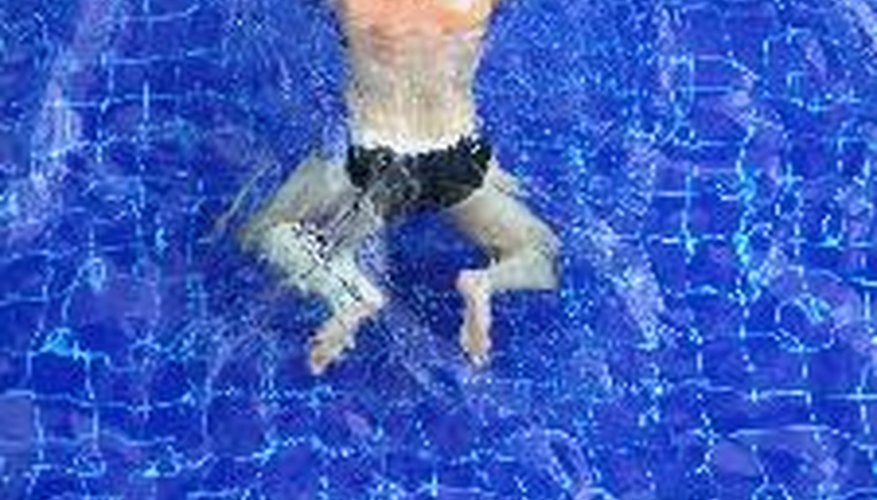Kidney stones are solid masses that are formed from substances found in urine. Small stones may eventually pass out in the urine flow and may not produce symptoms. Larger stones are more evident when they move from the kidney down towards the bladder and may cause considerable pain. Kidney stones are to some extent preventable and are treated through a combination of self-care measures and medical treatments. Regular exercise helps prevent the development of kidney stones.
Types of kidney stones
Kidney stones are formed from chemicals in urine. Uric acid is a major component of kidney stones; the acid becomes crystallised and forms a hard mass. Kidney stones are usually classified according to one other main substance that is found within the stone, including calcium, oxalate, phosphorus and cystine. The most common type of kidney stone is a calcium stone, which is preventable through regular exercise.
- Kidney stones are formed from chemicals in urine.
- Kidney stones are usually classified according to one other main substance that is found within the stone, including calcium, oxalate, phosphorus and cystine.
Exercise as prevention
Exercise may prevent kidney stones in two ways. Firstly, exercise helps achieve weight loss and prevents obesity. According to the National Kidney Foundation, if you are overweight and lead a sedentary lifestyle, you are more likely suffer from chronic diseases such as diabetes and high blood pressure, conditions which raise your risk of developing stones. Secondly, regular exercise can help keep calcium stores in the bones. People who do not exercise are more likely to experience a buildup of calcium in their bloodstream, which may increase the risk of calcium stones. Exercise also protects against osteoporosis, which is a further risk factor for the development of kidney stones.
- Exercise may prevent kidney stones in two ways.
- People who do not exercise are more likely to experience a buildup of calcium in their bloodstream, which may increase the risk of calcium stones.
Symptoms
If you already have kidney stones, some forms of exercise may intensify your symptoms. Participation in some sports, such as swimming and various types of outdoor activities, might disturb or dislodge the stones from their dormant position and cause pain in the back, side or abdomen. Not every kidney stone is large enough to become painful, but some forms of exercise may cause discomfort. Staying hydrated during exercise may help calm unpleasant symptoms. Drinking water dilutes your urine and prevents hardening of chemicals, while small stones may dissolve when sufficiently diluted.
- If you already have kidney stones, some forms of exercise may intensify your symptoms.
- Not every kidney stone is large enough to become painful, but some forms of exercise may cause discomfort.
Kidney stone removal
Large kidney stones may require surgical removal if self-care measures, medications or other treatments are ineffective. Kidney stones that become stuck in the ureter, which is the tube that connects the kidney to the bladder, are removed in a procedure called a ureturoscopy. Recovery from a ureturoscopy includes plenty of rest and pain medication. The body requires time to heal after kidney stone removal. However, walking is recommended soon after surgery to encourage movement of the bowels. Once the stent is removed and the doctor has scheduled a follow-up appointment, it is possible to begin to return to normal activities and exercise.
- Large kidney stones may require surgical removal if self-care measures, medications or other treatments are ineffective.
- However, walking is recommended soon after surgery to encourage movement of the bowels.
Exercise suggestions
Exercising to prevent kidney stones does not necessitate a gym membership. Walking around the neighbourhood at a brisk pace - enough to get your heart pumping - jogging, jumping rope, swimming and playing sports are all sufficient. Activities such as cleaning the house, gardening or taking the stairs instead of the lift are all acceptable forms of exercise that can prevent weight gain, strengthen bones and eliminate some of the risk factors for kidney stones.
